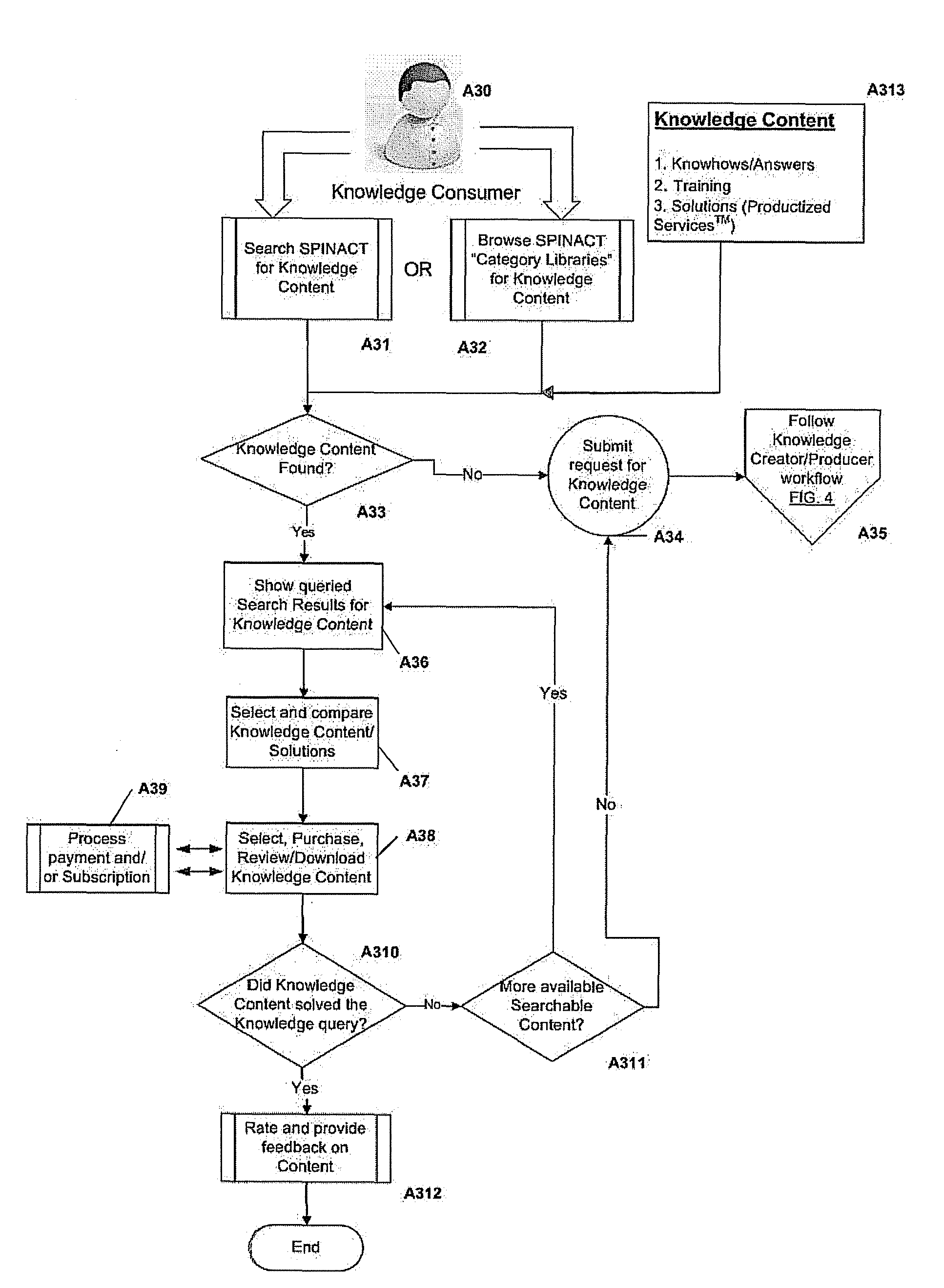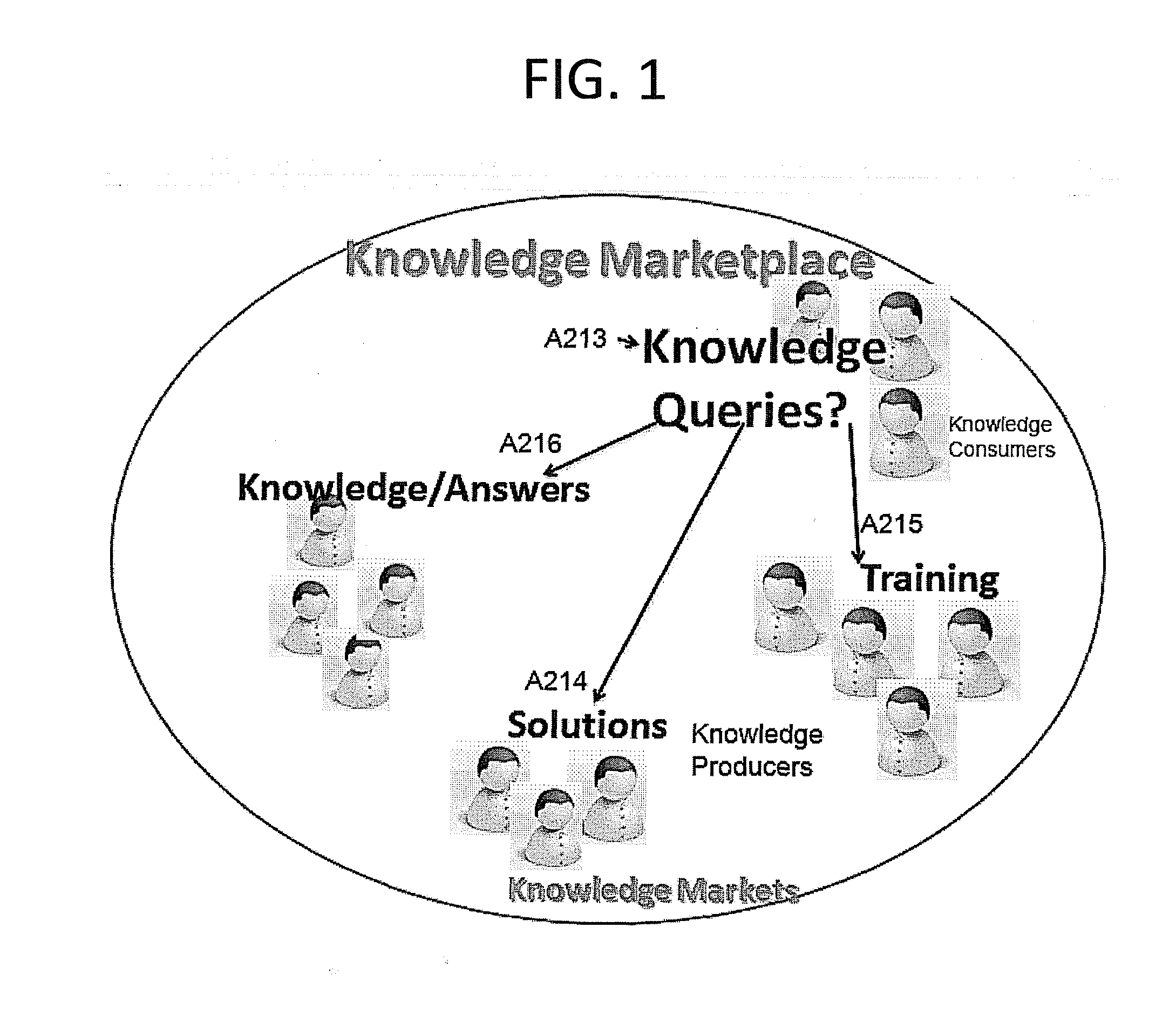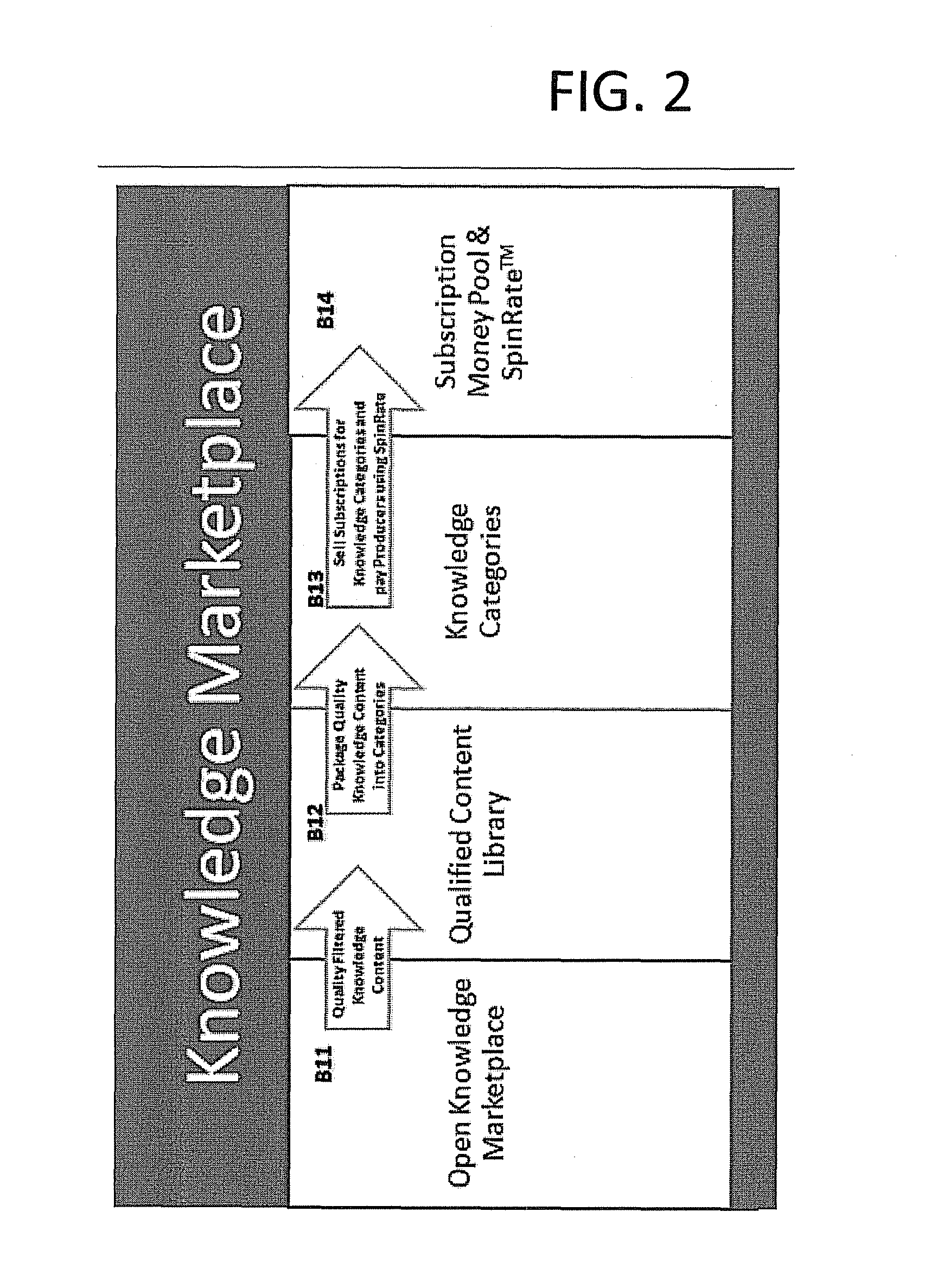And unlike manufacturing a “Model T Car” that you can keep churning out of the factory, there is very limited
standardization in service sector.
As not doing so makes the
knowledge worker's skills redundant and lower his / her economic potential.
It is tough for everyone to keep pace with this rapidly changing and turbulent service economy.
At the same time, training choices and the ability to rapidly acquire and share knowledge (both general and specific) are limited and cumbersome.
For example, formal offsite training incurs prohibitive costs for trainers, business travel, and lost productivity.
Online classes may reduce costs, but none these methods address the biggest fundamental problem: People don't learn that way.
Thus given the severe demands placed by service market economy on a global scale, the industry totally lacks a unified, comprehensive, cost-effective, current, relevant, and just-in-time (on-demand) system for on-demand professional training and
knowledge acquisition by knowledge workers that is readily adaptable to an rapidly growing and continuously updating
knowledge base.
The existing online information industry also lacks an organized and unified mechanism for service delivery where the buyer of the service can easily determine the options, resources, skills, costs and an overall perspective on the service offerings in a particular space from different competing service vendors.
A competitive marketplace is lacking, where buyers can explore and try out various options services and tools before committing to huge investments.
The current systems also lack a common platform where Knowledge Producers can commonly sell or demonstrate their respective prowess, and depth and breadth of content knowledge (i.e. expertise).
The current knowledge delivery systems also lack a way to give buyers a way to conduct “on-demand” comparison on competing information sources or services, based on past performance, direct customer feedback and ratings, and “Productized Cost” for the defined information service or solution being offered.
In summary, the current knowledge delivery systems do not offer unified and organized information and service delivery marketplaces like the kind that exist in the online retailing and manufacturing sectors.
Yet it is surprising that the knowledge service sector is so fragmented without a much needed unified platform for acquiring knowledge on a real time (on-demand) basis.
Even though there are a number of providers, still sometimes even the larger providers do not have the exact expertise and resources that are required for some projects.
In this value chain, there may be a lot of intermediaries or players in between who do not offer any real value to these projects and are there only for taking a
cut of the overall sale or contract.
On the other hand, to satisfy the market demand and because of the large amount of non-value added players involved in between, a lot of clients get a weaker resource skill set for the same invested dollars to offset the payout to lot of non-value added players making it a poor value proposition.
In summary, the existing
service provision systems do not provide direct access to “high quality” and “skilled knowledge workers” and their business critical knowledge which is key to innovation and growth in a service economy.
The concept of recycling and reusing knowledge, and unleashing its full potential to the masses, remain largely untapped.
While these sites have a role in providing casual information seekers with generalized knowledge, these type information platforms have numerous drawbacks for the business user and do not meet effectively meet their knowledge and / or
training needs.
First, the Web 2.0 information platforms are inflexible for the Knowledge
Consumer user and not very interactive, and provide no options to the Knowledge
Consumer in the type and / or
level of detail of information ultimately retrieved.
Second, there is no
connectivity with the Knowledge Producers because these known information sites are not interactive and provide no mechanism for Knowledge Producers and Knowledge Consumers to communicate through the Web 2.0 information platforms if answers to queries or content are not already resident in these information site's online databases.
Third, the Web 2.0 platforms for the most part operate as a “free” sources for distributing information and do not function like true marketplaces wherein Knowledge Producers or providers can receive monetary compensation for their knowledge / expertise-based information deliveries in a similar way that Internet-based manufacturers and sellers of products currently operate.
Accordingly, many experienced Knowledge Producers and experts are not inclined to contribute free information to these existing platforms because they are not a “place for doing business.”
Fourth, and significantly, there is no qualification provided to the Knowledge
Consumer regarding the relative reliability of the information provided or the Knowledge Producer associated with providing the information on existing Web 2.0 platforms.
This inherently creates concerns for
information quality by these existing “no-cost” information Web 2.0 platforms which typically lacks any type of
quality control over the content they post on the Web.
The potential financial risks and consequences from relying on the dearth of “free” unqualified information available over the Web today is a major disincentive for businesses to use or rely on information available via Web 2.0 type sites.
Accordingly, the free information platforms do not meet the
information quality standards demanded by businesses and are more suitable for casual or lay information seekers.
Lack of Practical Knowledge / Experience Disseminated
Lack of Integrating all Types of Professional Information and Training Services
The needs of professional Knowledge Consumers who may also be professional Knowledge Producers themselves are not effectively or efficiently met at present.
There presently is a lack of a single comprehensive Web-based platform that allows Knowledge Consumers to both obtain information and advice on various specific topics, in addition to obtaining access to on-demand professional training required to maintain
skill sets for the professional.
Currently, there are numerous separate online training sites and numerous separate online information databases all residing at numerous different web addresses which is inefficient to the time conscious professional and cumbersome to search for the desired information and / or training.
Many hours of lost productivity and expense results from first searching for and contacting professionals with the requisite technical expertise, formalizing the engagement via a
service contract, and then administering the contract.
Accordingly, the existing process of obtaining professional services and knowledge is cumbersome and expensive.
However, the current systems lack a platform or financial system where a service-based knowledge marketplace can be created and that allows the knowledge to be traded as yet another commodity or product.
 Login to View More
Login to View More  Login to View More
Login to View More 


